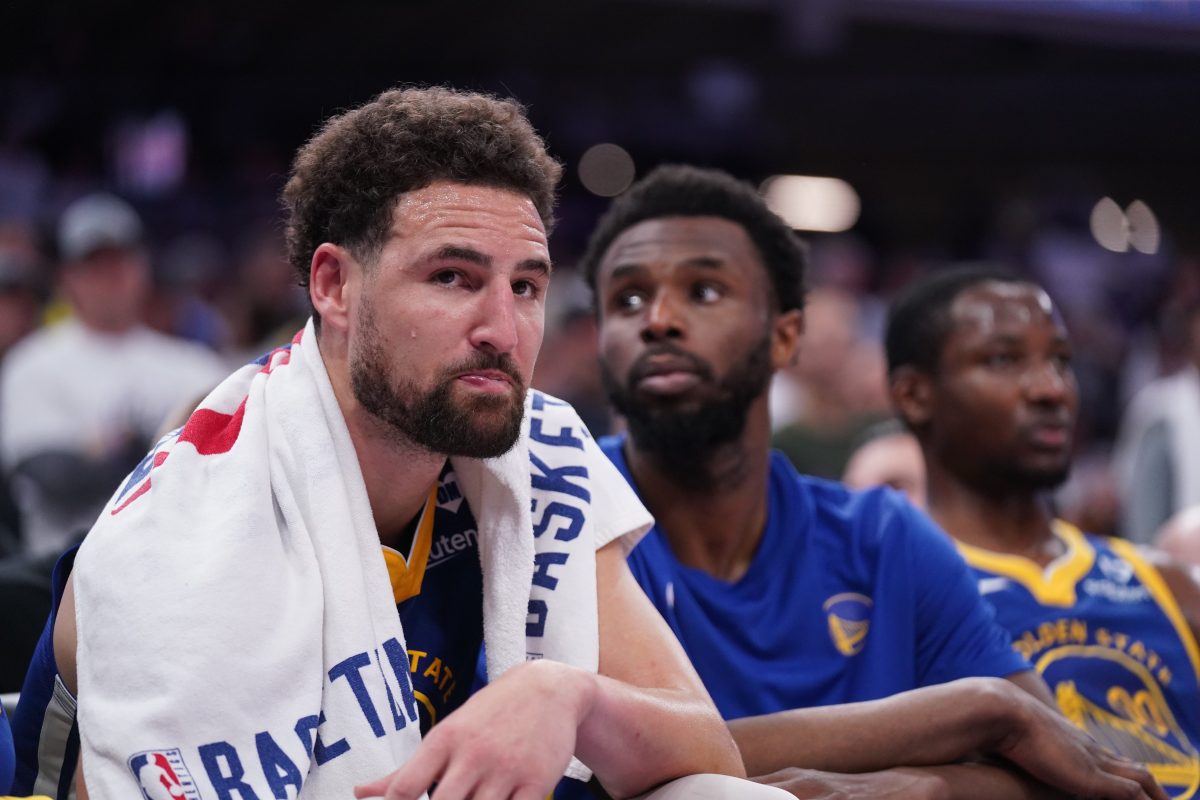Over four seasons at Iowa, Hawkeyes tight end George Kittle didn’t post any gaudy stats or star in many highlight videos.
The 6-foot-4, 247-pounder had just 22 catches for 314 yards in 2016 as a senior and only 48 catches for 737 yards his entire career.
But it was a lot of the other things Kittle did on the field that impressed NFL scouts and the 49ers, who drafted Kittle in the fifth round of the draft Saturday.
In fact, NFL draft analyst Mel Kiper Jr. – who was a fan of the 49ers first overall draft under general manager John Lynch – was a huge cheerleader for the team’s pick of Kittle.
“I really liked the George Kittle pick,” Kiper said. “He can be that H-back or move tight end. I thought he was a real good pick for them in the fifth round.”
The 49ers loved Kittle’s versatility and his blocking skills and the fact he comes from a pro-style offense at Iowa where blocking by Kittle on the line of scrimmage was his forte. In fact, he was considered one of the top-blocking tight ends in the draft. Also, Kittle has no qualms about playing that same type of role in San Francisco in new head coach Kyle Shanahan’s revamped offense.
“If they wanted me to run two routes a game and block for the rest of them, that’s what I did,” Kittle said on a conference call with Bay Area media, according to Matt Barrows of the Sacramento Bee. “I put my team before anything that I wanted to do. I’m a person that could care less about stats. I just care about winning games.”
Sports
Kittle joins a tight-end group that includes Vance McDonald, Garrett Celek, Blake Bell, Logan Paulsen and Je’Ron Hamm. It’s pairing Kittle with one of those teammates in a two-tight end set that best fits his talents, writes the analytic website Pro Football Focus.
“Kittle has the athleticism to be a receiving mismatch at the next level though it’s his blocking that makes him a perfect fit as the No. 2 tight end capable of playing in a ‘move’ role,” wrote PFF before the draft. “He can separate from linebackers and safeties, whether attached to the formation or in the slot, and while he’ll likely never be a dominant in-line run blocker, Kittle projects as a useful matchup option in a two-tight end offense.”



